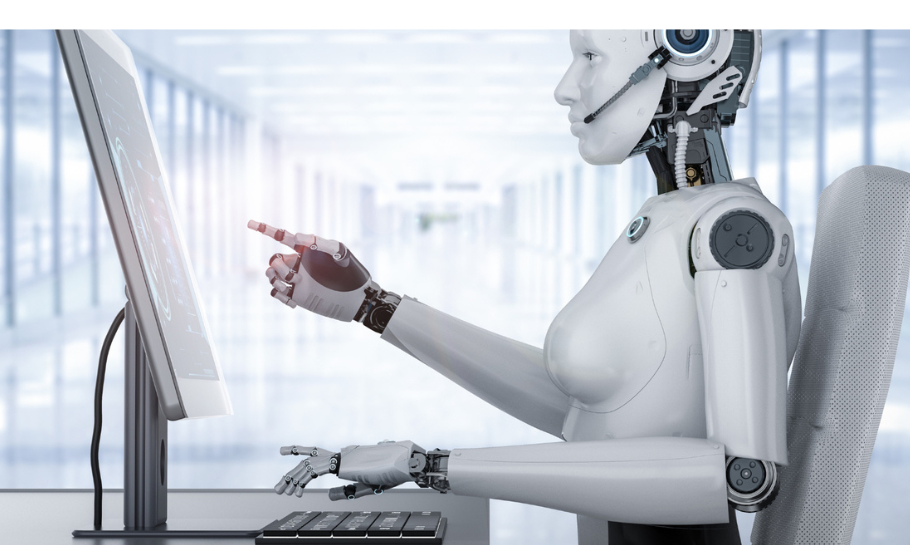AI copilots are rapidly evolving, becoming more powerful and integral to workplace dynamics every day. However, their purpose isn’t to replace human workers but to assist and accompany them, providing a relational technological solution.
The Growing Influence of GenAI
GenAI, or General Artificial Intelligence, is currently one of the most significant technological trends, with expanding applications across various fields. One prominent application is AI copilots in the workplace. According to a Forbes survey, 47% of businesses are using AI assistants. This statistic indicates that nearly half of businesses are leveraging AI copilots, setting high expectations for their normalization in work environments.
AI copilots are sophisticated artificial intelligence systems utilizing large language models (LLMs) to process and respond to user inputs similarly to human interaction. These AI companions are designed to assist users with diverse tasks and are integrated into various applications and environments, significantly enhancing user experiences.
The primary goal of AI copilots is to support decision-making processes and boost productivity across multiple domains. As AI continues to permeate business practices, understanding how AI copilots function becomes essential.
AI copilots serve as digital companions that assist, augment, or automate specific functions, making them valuable tools in the workplace. These copilots are trained on massive amounts of selected data. This data can be broad, as seen in general LLMs like ChatGPT, or specialized, such as the data used for code-specific tasks in tools like GitHub Copilot.
From this data, the copilot learns to make predictions in their respective fields, using both educated guesses and complex statistical models. The user interface plays a crucial role in their effectiveness. Communicating with an LLM is designed to be as intuitive as messaging a person, although learning specific prompt inputs can enhance interactions. Copilots establish a user-model relationship through a friendly interface and other middleware, making them accessible and user-friendly.
By handling time-consuming tasks across various departments, AI copilots enable human professionals to focus on more complex and creative endeavors. However, not all copilots are created equal. Understanding the characteristics of different types allows for better integration and more effective use.
1. Specialized GPT Apps: These applications, such as OpenAI’s ChatGPT, offer targeted assistance without requiring intensive coding. They can be customized with specific documentation or API capabilities to handle tasks within defined contexts.
2. AI Chatbots: Focused on handling support queries using preexisting documentation, AI chatbots manage high volumes of common inquiries by scanning databases of user manuals, FAQs, and other resources.

3. AI Assistants: These copilots not only provide information but can also execute actions based on user commands. They integrate with real-time APIs and databases to perform tasks such as scheduling appointments, controlling smart devices, or initiating workflows.

4. Full AI Copilot: Offering comprehensive solutions, these copilots serve as proactive advisors. They understand context, anticipate user needs, and provide tailored advice alongside performing actions.
AI copilots, known for code generation and software support, extend far beyond these tasks. They process large volumes of data, aiding executives and managers in understanding reports, customer feedback, and market research. In digital workplaces, AI copilots like Microsoft’s Copilot for OneDrive organizes tasks by sorting emails and categorizing documents on cloud servers. In production, they generate reports, draft business documents, create presentations, and develop marketing materials, enhancing efficiency and output. For instance, Jasper is a popular AI copilot for scaling up marketing content.
AI copilots excel in time-consuming research by efficiently collecting information from diverse sources. Tools like automate market research processes, extract trends, and monitor competitors. They analyze large datasets quickly and accurately, finding correlations from financial modeling to customer Data management. Super AI, for example, guides data analysts through business insights and suggests data dashboards.
AI copilots are revolutionizing the workplace, offering invaluable assistance across various roles and tasks beyond coding. These sophisticated systems, powered by large language models, enhance productivity, support decision-making, and enable human professionals to focus on more complex and creative endeavors. As GenAI continues to grow in influence, nearly half of businesses are already leveraging AI copilots, setting high expectations for their widespread adoption.
Get the latest insights on exponential technologies delivered straight to you
© 2025 Sprinterra. All rights reserved.